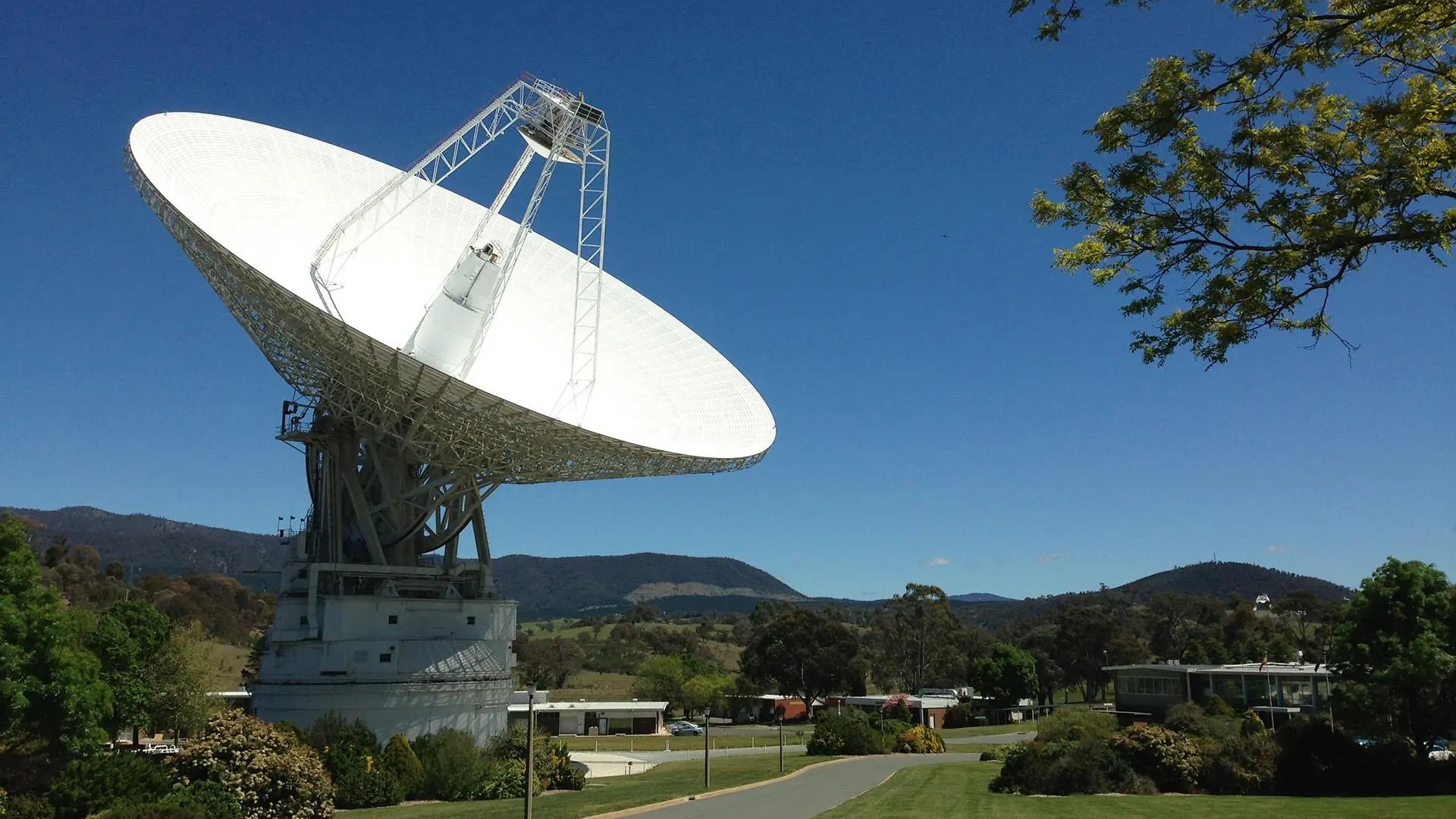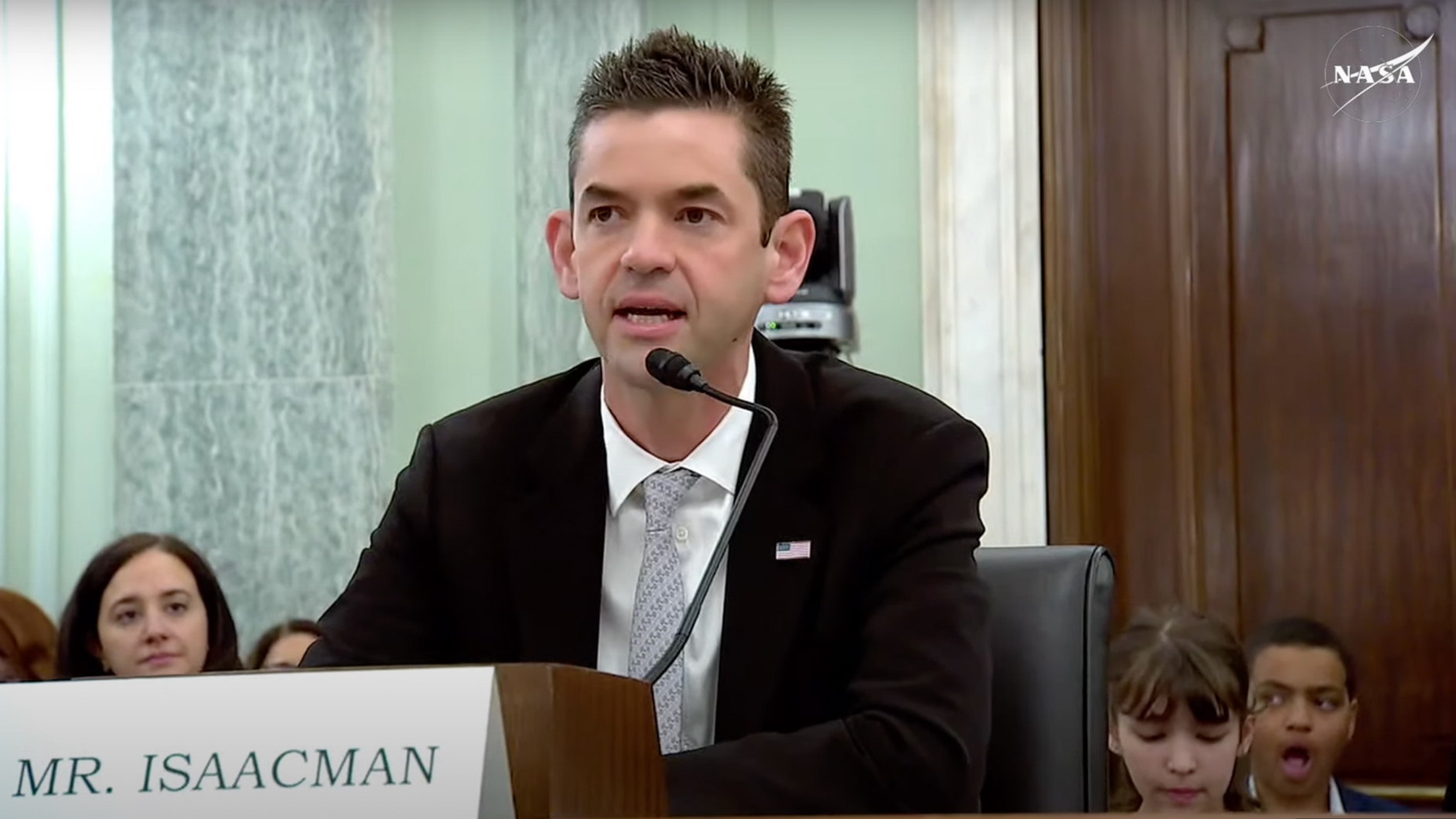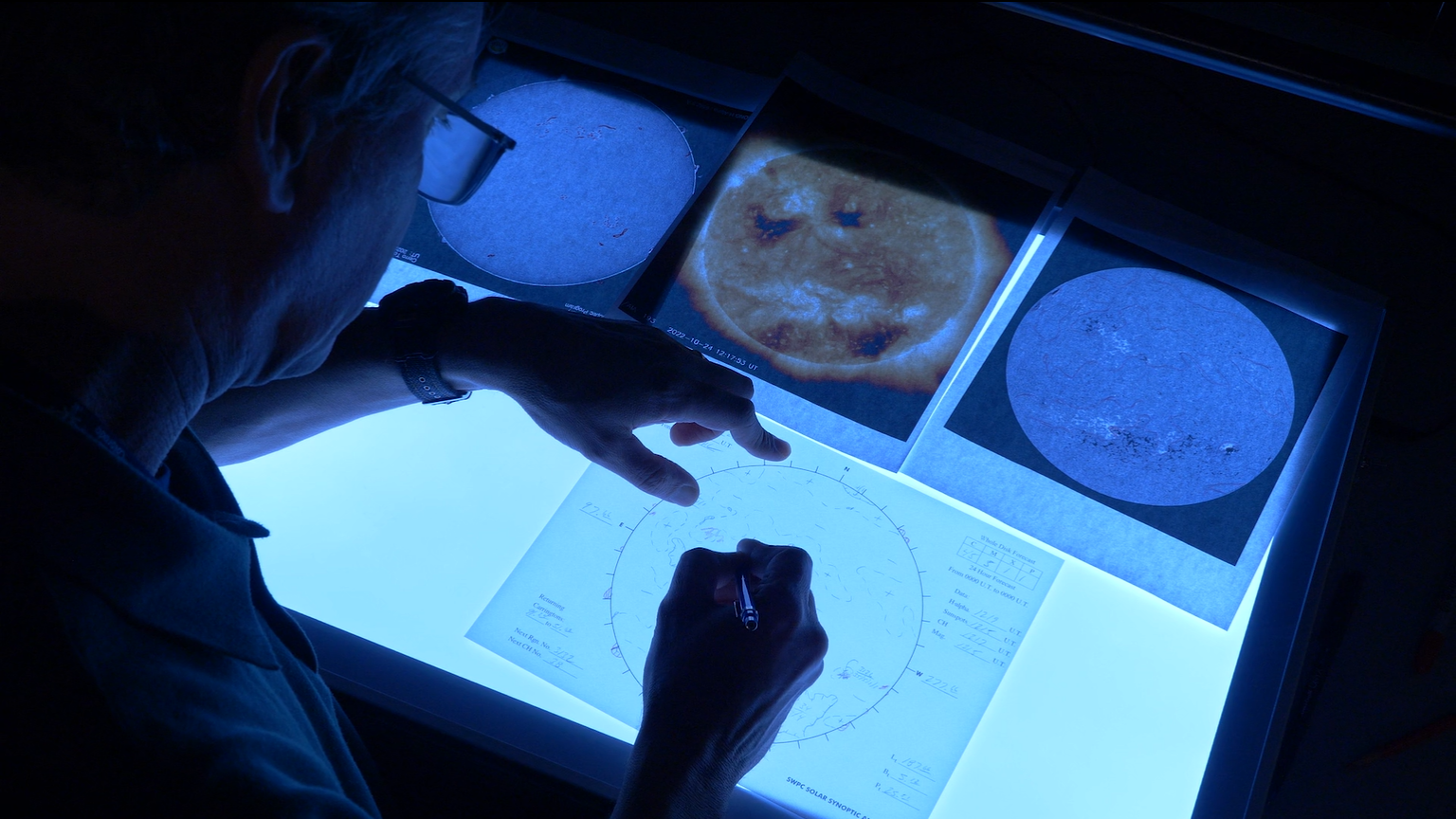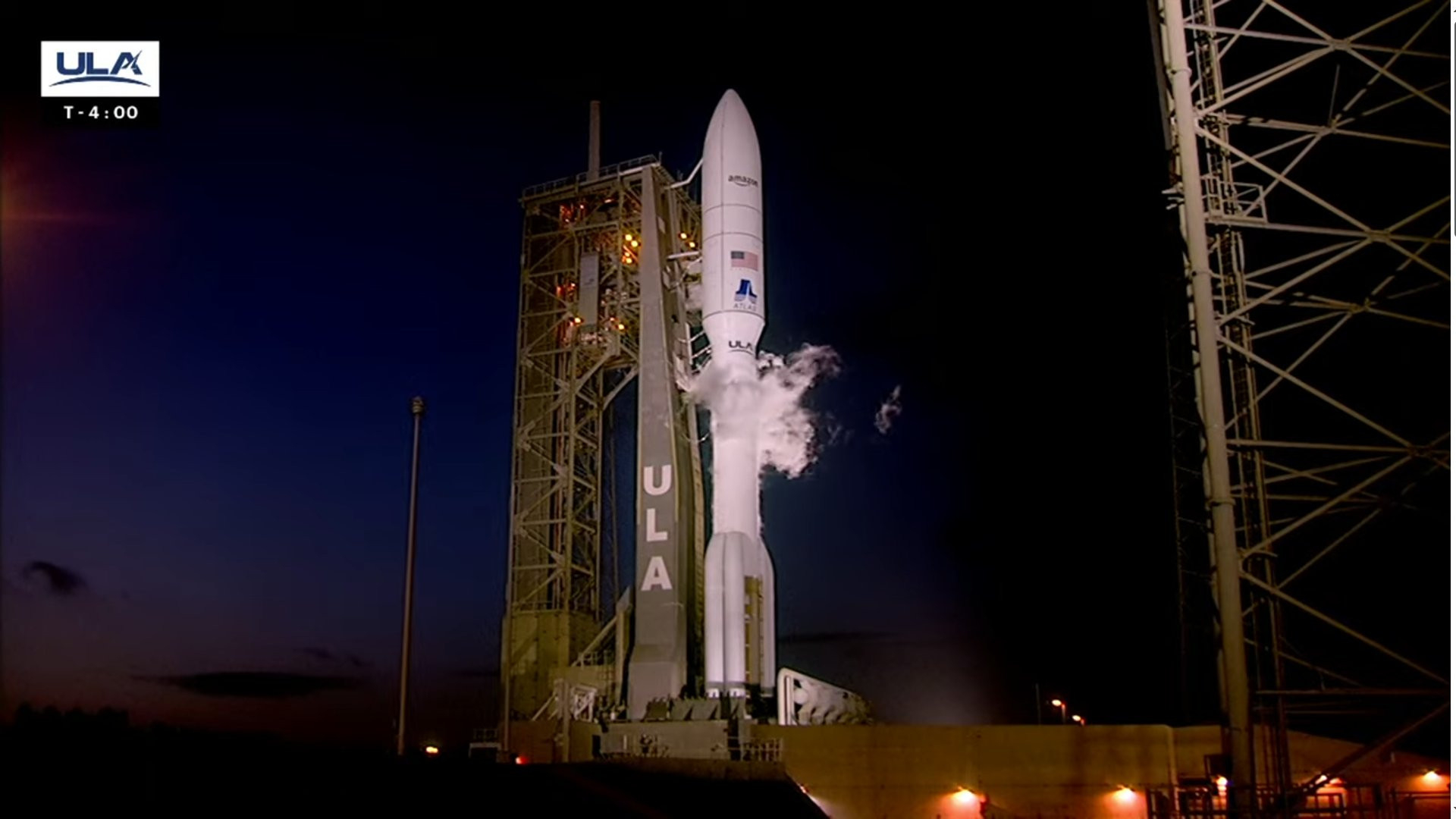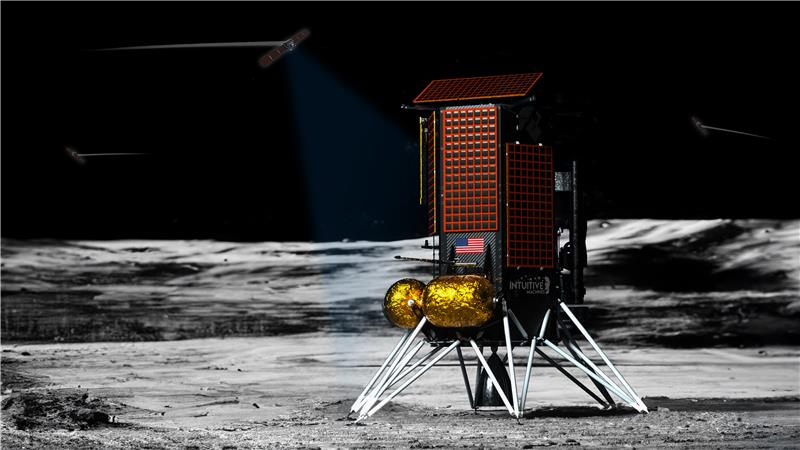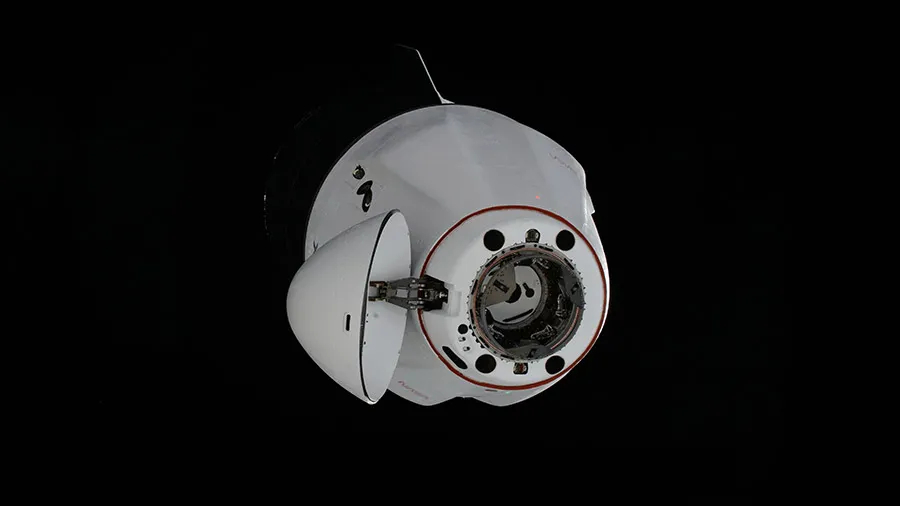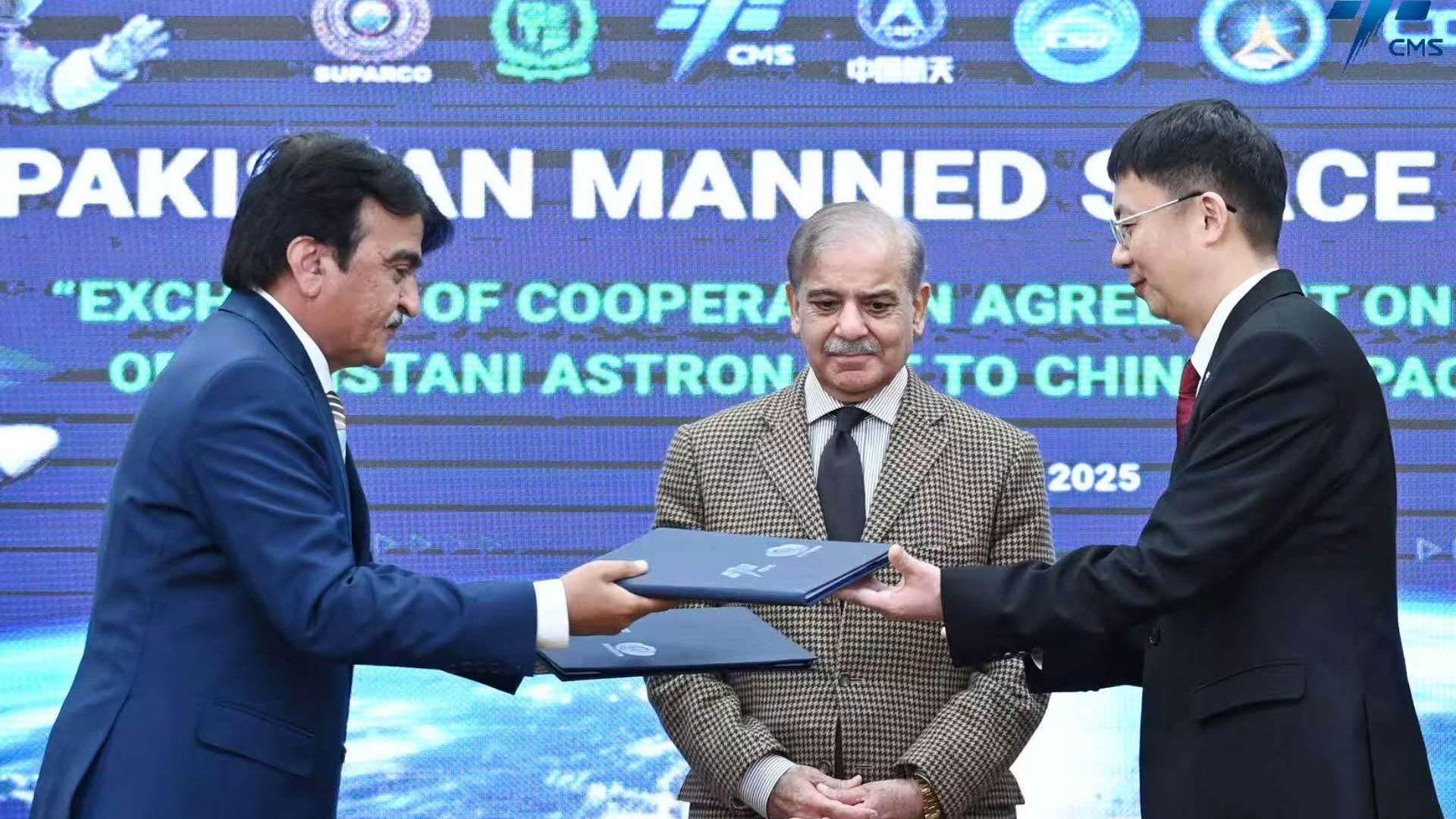Moon-dust shield could help fight climate change on Earth
The proposed solution isn't perfect but could help buy us some time, researchers say.

Astronomers are exploring solutions to mitigate climate change, one of humanity's biggest challenges, by using some tiny players — dust particles.
In recent research, they propose mining, scooping and blasting dust from the moon's surface and placing it between Earth and the sun, where the newly placed clouds would shade our planet for a few days before solar wind and radiation pressure dispersed them. In a year, researchers say, such dust shields could reduce Earth-bound sunlight by 1.8%, which falls within the range needed to slow our planet's rising temperature.
Creating such a shade would require 22 billion pounds (10 billion kilograms) of dust per year, which is "roughly 100 times more mass than humans have sent into space to date," the authors wrote in their study.
Related: Causes and effects of climate change

How many launches would that take?
"From Earth, about 700x more launches than we've done to date," Benjamin Bromley, an astrophysicist at the University of Utah and the study's lead author, told Space.com in an email. "But from the moon, we envision an electromagnetic launcher, whose specifications are not yet determined."
The astronomers are suggesting that dust particles could be used to block sunlight before it reaches Earth. This proposed solution is not new. In 2012, astronomers ambitiously considered pushing the largest near-Earth asteroid, the 22-mile-wide (35 kilometers) 1036 Ganymed, between the sun and Earth to both create a dust cloud and gravitationally hold it in place. Astronomers have also explored expensive and resource-intensive geoengineering projects like gigantic screens and reflective mirrors to cool Earth.
Get the Space.com Newsletter
Breaking space news, the latest updates on rocket launches, skywatching events and more!
The newly proposed solution uses dust readily available on the moon's surface, so it would be simpler, cheaper and more effective compared to previous methods, researchers argue. (Launching from the moon requires much less energy than launching from Earth, because lunar gravity is just one-sixth as strong as that of our planet.)
The team analyzed the sizes, shapes and compositions of different particles like coal dust, porous glass, sea salt and moon dust. They also compared the effectiveness of launching dust from a platform in space to blasting it from the moon's surface. Once placed at or near the first Lagrangian Point, or L1 — a gravitationally stable spot between the sun and Earth, about 1 million miles (1.5 million km) from our planet — the team used computer simulations to study how long these particles would hover.
For example, in their modeling work, researchers launched a test particle from the moon's northern pole to an orbit close to L1. They found that the particle, launched at 1.7 miles per second (2.8 km per second), spent a total of five days in front of the sun before being dispersed.
The team concluded that launching moon dust at about 1.9 to 3 miles per second (3 to 5 km per second) toward L1 would be the most promising strategy, shading Earth for the equivalent of up to a week every year. For such an effort, they estimated an energy equivalent of about 2,500 Saturn V rocket launches would be needed.
"It is amazing to contemplate how moon dust — which took over four billion years to generate — might help slow the rise in Earth's temperature, a problem that took us less than 300 years to produce," Scott Kenyon, an astrophysicist at the Harvard-Smithsonian Center for Astrophysics and a co-author of the latest study, said in a statement.
The researchers say their study only evaluates the potential impact of this approach, as it could be "an option in addressing climate change if what we need is more time," Bromley said in a different statement. The logistical, legal and technological challenges of implementing such an effort are not touched upon in the study.
One of the important unknowns, for example, is the impact of repeatedly placing huge amounts of dust at or near L1 orbits, which is home to NASA's Solar and Heliospheric Observatory as well as the Deep Space Climate Observatory.
"In most scenarios, dust would steer clear, but we have not checked in detail," Bromley told Space.com in an email.
The research is described in a paper published last month in the journal PLOS Climate.
Follow Sharmila Kuthunur on Twitter @Sharmilakg. Follow us on Twitter @Spacedotcom and on Facebook.
Join our Space Forums to keep talking space on the latest missions, night sky and more! And if you have a news tip, correction or comment, let us know at: community@space.com.

Sharmila Kuthunur is a Seattle-based science journalist focusing on astronomy and space exploration. Her work has also appeared in Scientific American, Astronomy and Live Science, among other publications. She has earned a master's degree in journalism from Northeastern University in Boston. Follow her on BlueSky @skuthunur.bsky.social
-
twr What an awful nonsense! We even don't understand the highly complex pattern of climate but morons (sorry) want to make terra-form on earth. Nobody nknows the side-effects of such bullsh*t. I am very angry about embitions to play "god".Reply -
murgatroyd Reply
Great idea! Billions and billions in taxpayer money for "studies" by scientists and then for the contractors to do the work. Which of course is irreversible and will present us with lots of exciting surprises in the form of unforeseen consequences.Admin said:Launching huge amounts of moon dust toward a gravitationally stable spot between Earth and the sun could help cool our planet, a new study suggests.
Moon-dust shield could help fight climate change on Earth : Read more
Do it! Hey, what could go wrong? -
AdInfinitum Reply
True. Especially considering that changes in Earth's climate have been happening for all of human history (and then some!), unaffected by mankind in the first place, and the present trend (very tiny, compared to past changes) is NOT going to end humanity any time soon. To wit, of all the predictions over the last 50 years made by climate-change alarmists, NONE have come true.twr said:What an awful nonsense! We even don't understand the highly complex pattern of climate but morons (sorry) want to make terra-form on earth. Nobody nknows the side-effects of such bullsh*t. I am very angry about embitions to play "god". -
dlslaby The problem is not too much sunlight coming from the sun but atmospheric concentration of gases that prevent the radiation of heat into space. Blocking sunlight will have a permanent long term impact on photosynthesis affecting plant ecology and agriculture, and resulting in a more devastating degradation of the environment. One dimensional thinking is not a valid scientific approach to problem solving.Reply -
murgatroyd Reply
I agree. The one-dimensional thinking that posits carbon dioxide as the control knob for "global mean temperature" and blames its human-caused increase for "global warming", while demanding ruinous countermeasures and misallocating scarce resources, is a major contributor to the present mess.dlslaby said:One dimensional thinking is not a valid scientific approach to problem solving.
In reality, the planet's climate is a staggeringly complex web of inter-relationships and feedback loops upon feedback loops, with an inbuilt bias towards self-correcting any overswings and stopping the system from approaching hypothesized "tipping points", let alone runaway conditions.
No supercomputer and no model has ever come close to accurately depicting the evolution of the climate. The dire predictions of those climate scientists raking in the most research dollars turn out to be greatly exaggerated, time after time.
However, the fear evoked in the public through the constant drumbeat of catastrophic scenarios continues to be maximally exploited by a loose coalition of profiteers, from pliant researchers to politicians and bureaucrats seeking to grab more power to ideologues pushing totalitarian agendas to corporate interests looking for unfair advantages.
Until the public see through the scam, rise up, and shake off the profiteers' stranglehold, one-dimensional thinking will continue to be applied. -
bolide I wonder to what extent the cooling effect of this project would be offset by the greenhouses gases that its launches would add to the atmosphere.Reply
